
In this high school task, students explore the food ecosystems of two samples of yogurt with different bacteria to figure out which types are harmful and then explore the environmental conditions that allow harmful and less harmful bacteria to thrive. This is the high school version of the middle school Food Fermentation task. This task intends to elicit student learning of the following NGSS dimensions:
Disciplinary Core Ideas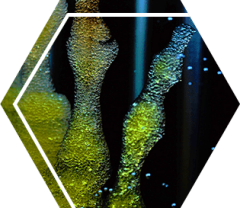
In this high school task, students are introduced to bioreactors, a new technology that helps farmers reduce nitrates in their agricultural drainage water. A farmer, Caroline, installs two bioreactor systems on her farm, one with and one without a gate in the outlet. Students help Caroline figure out which option she should recommend to other farmers by doing calculations with sensor data to compare the total number of nitrates exiting each bioreactor system. Next, they use this data to decide whether to recommend gates or no gates in bioreactor systems, drawing a model to help Caroline explain the recommendation, including how it will increase the sustainability of Caroline’s farming practices. This task intends to elicit student learning of the following NGSS dimensions:
Disciplinary Core Ideas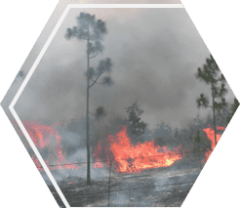
In this high school task, students evaluate and compare sources of information presented in different formats to explore what is causing wildfires, the negative impacts of wildfires on biodiversity and human communities, and several potential forest management strategies to mitigate these impacts in two different areas of California. This task intends to elicit student learning of the following NGSS dimensions:
Disciplinary Core Ideas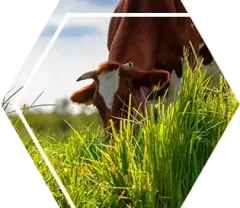
In this upper elementary task, students obtain information from various media sources to explain how an agricultural management practice, the rotational grazing of cattle, can improve a pasture ecosystem. Students explore the components of the rotational grazing system and how the system improves vegetative cover, grass, and root growth, dry matter production, soil erosion, and stream health. Students use what they learned in the task to explain the original phenomena—before and after images showing a previously degraded pasture system that has been improved using a rotational grazing system. This is an updated version of the Grazing Task. This task intends to elicit student learning of the following NGSS dimensions:
Disciplinary Core Ideas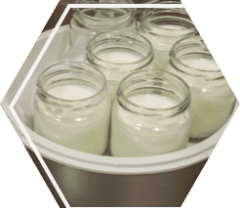
In this middle school task, students develop an explanation for how one organism’s (lactobacillus) population growth in an ecosystem may cause the population growth of other organisms in the same ecosystem to decrease. The ecosystem students explore is food. This task intends to elicit student learning of the following NGSS dimensions:
Disciplinary Core Ideas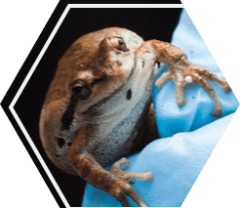
In this high school task, students evaluate a series of mathematical models to determine how a mysterious fungus impacts various populations in a pond ecosystem. This task intends to elicit student learning of the following NGSS dimensions:
Disciplinary Core Ideas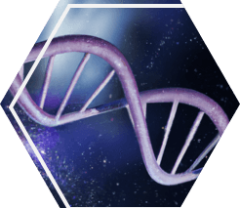
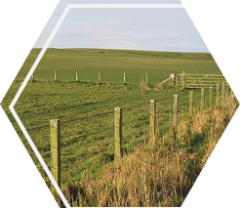
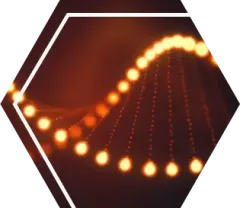
In this updated middle school task, students use a model to predict the effects of selecting a bull to be mated with a group of cattle, given the goal of decreasing cattle carbon emissions using genetics. This is an updated version of the Genetics Task. This task intends to elicit student learning of the following NGSS dimensions:
Disciplinary Core Ideas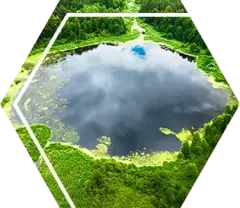
In this middle school task, students analyze data to determine how harmful algal blooms in New York waterways can affect biodiversity and human access to recreational waterways. Students consider changes in the ecosystem that contribute to harmful algal blooms along with four existing beef cattle production/industry practices for conservation management. Students select a combination of two practices and use empirical evidence and scientific reasoning to support or refute an argument about how combining conservation practices could contribute to protecting water quality and biodiversity in water ecosystems. This is an updated version of the Water Stewardship Task. This task intends to elicit student learning of the following NGSS dimensions:
Disciplinary Core Ideas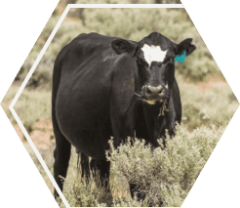
This high school task focuses on human impacts on earth systems. Throughout the task, students evaluate two different grazing techniques as possible strategies to manage natural resources. Students interpret a model, calculate data, and read an article to gather information to decide on the best resource management system to maximize profits and minimize negative impacts on biodiversity. This task intends to elicit student learning of the following NGSS dimensions:
Disciplinary Core Ideas
In this high school task, students use models and data to explain why lactose intolerant people experience lots of gas, bloating and diarrhea when they eat certain dairy products. Here, students explore models of lactose-tolerant and lactose-intolerant people to see how the inputs, outputs, and processes of each person’s digestive systems affect how they function to process dairy products. They then develop their own comparative model to explain why only lactose intolerant people experience these painful symptoms. At the end of the task, students examine new data to recommend what types of dairy products lactose intolerant people might eat to cause less painful symptoms. This is the high school version of the middle school More Cheese, Please task. This task intends to elicit student learning of the following NGSS dimensions:
Disciplinary Core Ideas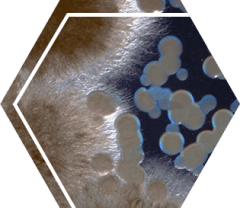
In this middle school task, students use models and data to explain why lactose intolerant people experience lots of gas, bloating and diarrhea when they eat certain dairy products. Here, students explore models of lactose-tolerant and lactose-intolerant people to see how the inputs, outputs, and processes of each person’s digestive systems affect how they function to process dairy products. They then develop their own comparative model to explain why only lactose intolerant people experience these painful symptoms. At the end of the task, students examine new data to recommend what types of dairy products lactose intolerant people might eat to cause less painful symptoms. This task intends to elicit student learning of the following NGSS dimensions:
Disciplinary Core Ideas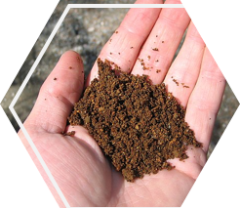

In this middle school task, students explore how soil health is maintained by understanding the complex interactions between living and nonliving factors in a soil ecosystem. Using models and experiments, such as the "Soil Your Undies" challenge and the slake test, students analyze how soil organisms interact with components like air, water, and minerals to affect soil stability and nutrient cycling. As they critically think about these relationships, students recognize that promoting soil health is not just about a single action—it requires a combination of strategies. This is an updated version of the Soil Task. This task intends to elicit student learning of the following NGSS dimensions:
Disciplinary Core Ideas
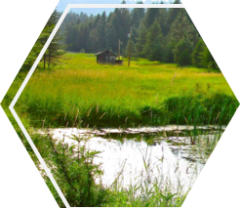
Join us online to receive occasional communications from The Center. Unsubscribe anytime, your information will not be shared.